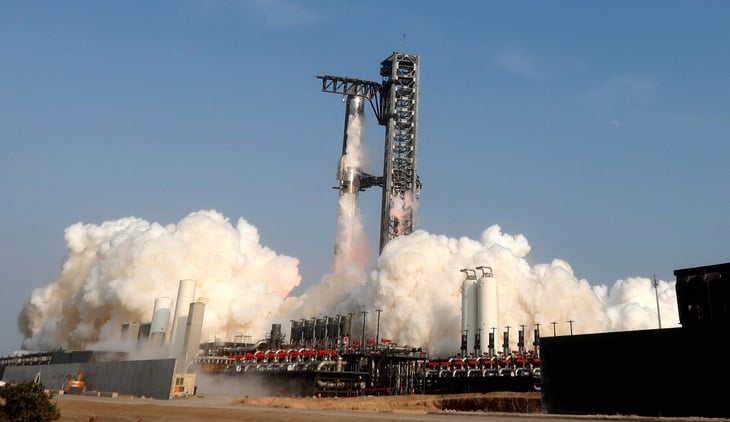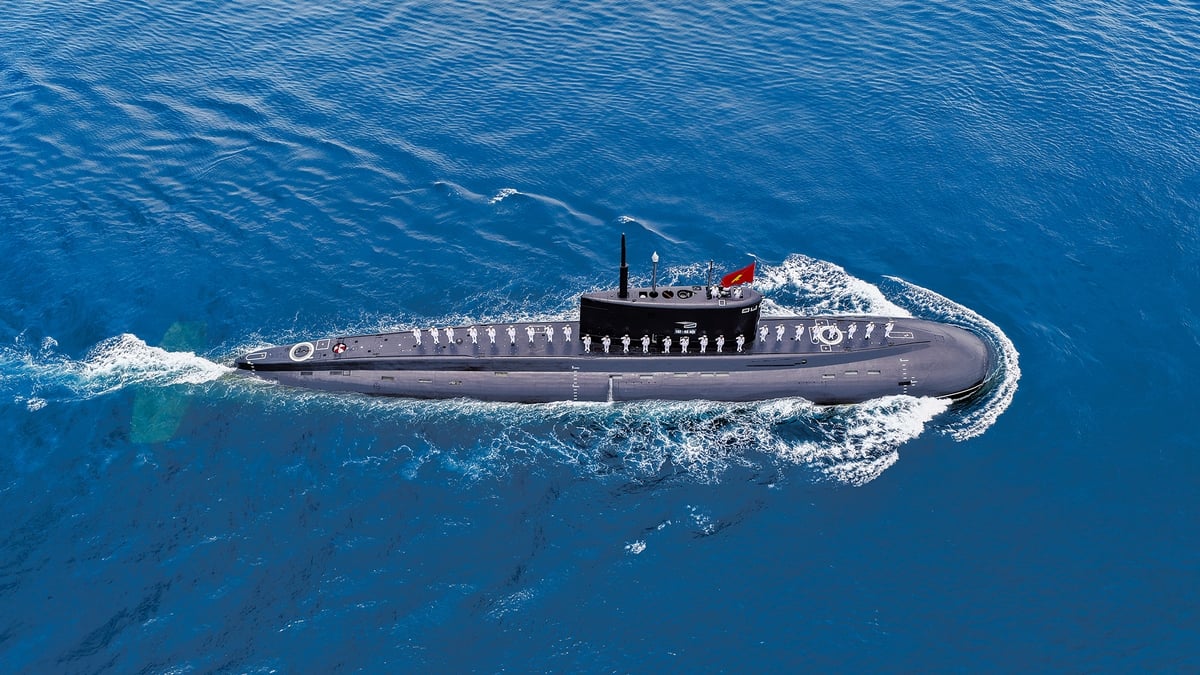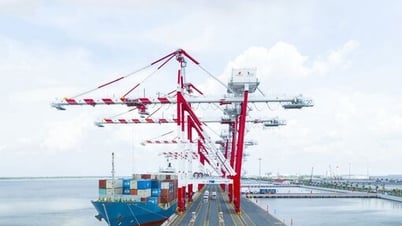
SpaceX's new-generation Starship spacecraft is fitted with a Super Heavy rocket during its ninth test flight at the company's launch site in Starbase, Texas, USA on May 28 (Vietnam time) - Photo: REUTERS
According to Reuters, on the morning of May 28 (Vietnam time), SpaceX's Starship spacecraft encountered an accident during its 9th test launch, after more than 30 minutes of taking off from the Starbase launch site in Texas (USA).
Broadcast live from SpaceX's launch center, the upper stage of the Starship suffered a fuel leak, causing the rocket to lose control of its flight direction and spiral uncontrollably in space.
SpaceX also said that because the control center could not maintain a stable flight path for the rocket, it was likely that the upper stage would burn up upon re-entering the atmosphere before falling into the Indian Ocean.
Another problem noted during this launch was that the release hatch for the eight Starlink simulation satellites failed to open, preventing the ship from completing technical tests.
Although not completely successful, this ninth flight achieved some important milestones such as flying further than the last two test flights and using the reusable Super Heavy rocket booster - however, due to a loss of control, it crashed into the sea instead of landing as planned.
The test flight took place just four days after the US Federal Aviation Administration (FAA) re-approved the Starship program, after nearly two months of suspension due to incidents from two explosions during launches in January and March, disrupting flights in the region.
In addition, billionaire Elon Musk - founder of SpaceX - also did not appear in the post-test flight speech as scheduled. However, posting on X, he noted that this launch was "an opportunity to collect a lot of good data" and pledged to speed up the testing, with the next three launches taking place more quickly - every 3 to 4 weeks.
Despite many technical challenges, SpaceX still plays an important role in the US space program and has been entrusted by NASA with the mission of returning humans to the Moon from 2021. This is also the goal of Mr. Musk's long-term space vision - sending humans to many other planets in the solar system.
Source: https://tuoitre.vn/spacex-phong-thu-ten-lua-starship-lan-thu-9-that-bai-sau-30-phut-cat-canh-20250528132252595.htm






![[Photo] The majestic "sea eye" in the middle of the ocean of Da Nang city](https://vphoto.vietnam.vn/thumb/1200x675/vietnam/resource/IMAGE/2025/9/3/a2cdfcc4501140e6a6bc2ad767f64b36)


























































































Comment (0)